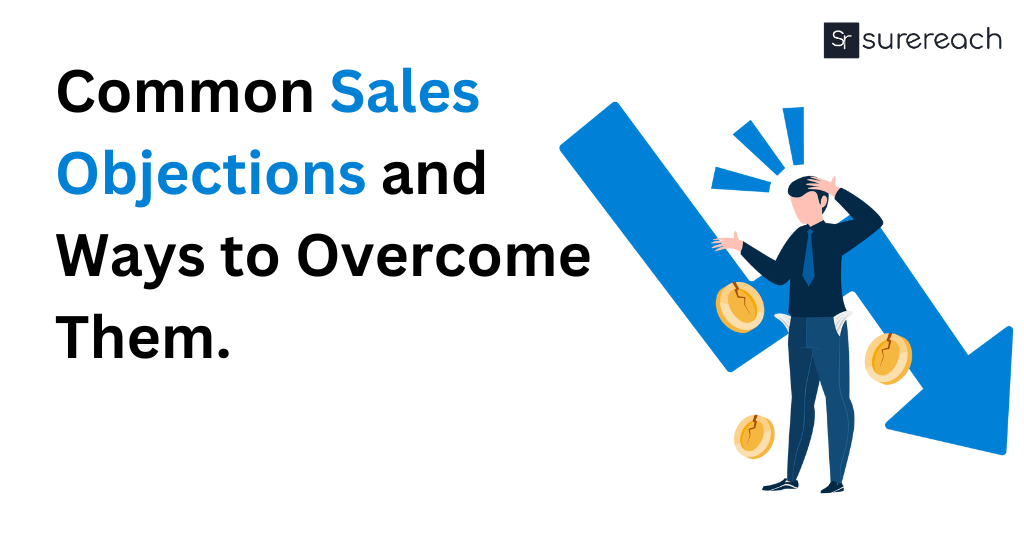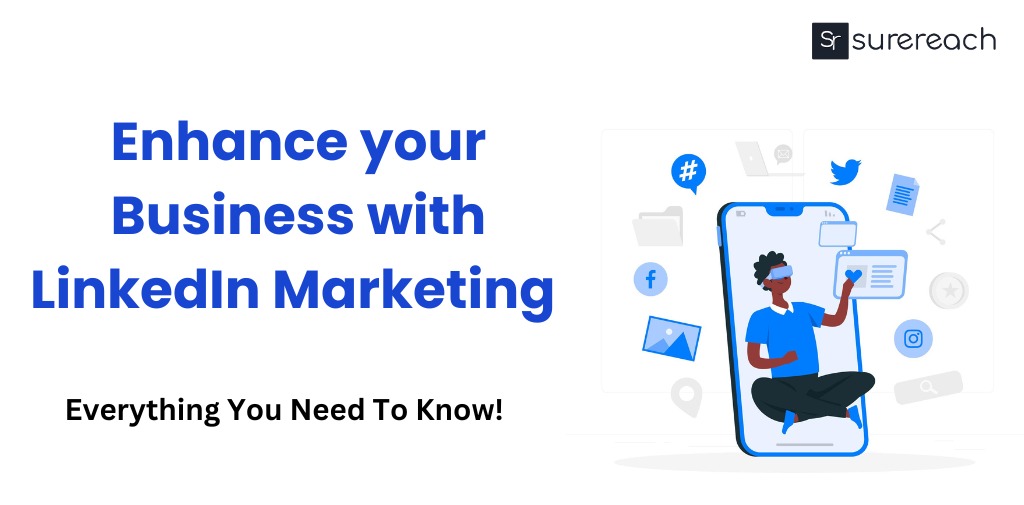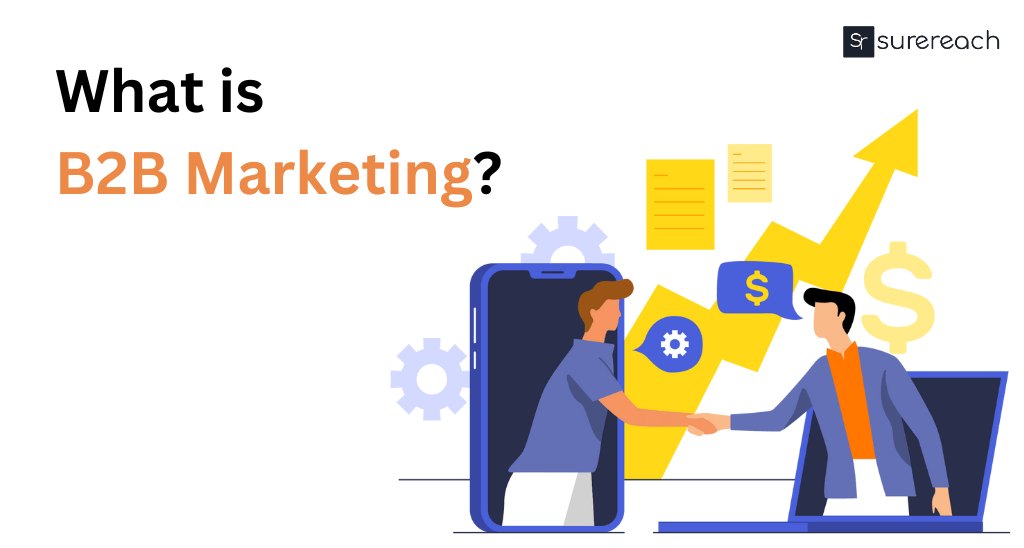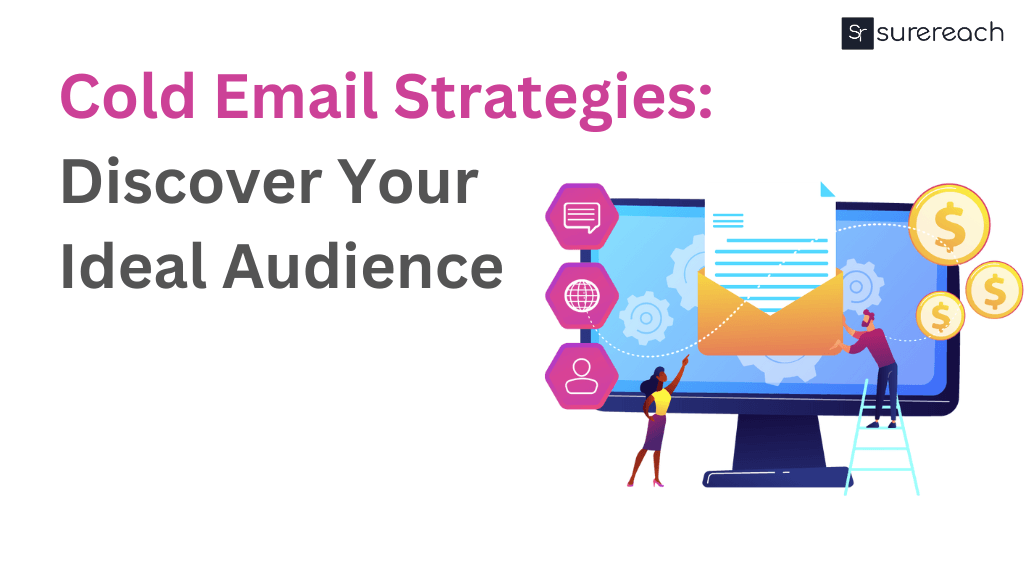Sales Objections
A sales objection is a sign that a certain factor is keeping a potential customer from making a purchase from you. Sales representatives are rarely told “no” when they have a sales issue. A common error made by sales representatives is to view a sales objections as a more polite way of saying no.
Define Objection
Any time along the sales cycle, a sales objection may surface. The success of your firm depends on your ability to respond to a sales objection. It is crucial to have a deeper understanding of each problem instead of attempting a shallow counterargument. Determine how the objection connects to the requirements of the buyer and then rephrase the discussion to meet those needs. Gaining these abilities will enable sellers to complete more transactions.
Types of Objections In Sales
Sales representatives face a variety of obstacles from potential customers. It’s critical to identify these concerns, comprehend their causes, and devise counterstrategies. These are the five typical objection categories that come up during the sales process.
-
Financial Restraints
Budgetary concerns are the most common objections raised during sales conversations. It’s possible that prospects won’t be able or ready to pay the money needed for your solution.
-
Absence of Need
Consumers might not think they require your goods or service. They could believe that their existing answer suffices, or they might not be aware of its genuine worth.
-
Inadequate Timing
Sometimes the timing isn’t ideal; potential buyers may believe that the moment isn’t suitable to decide what to buy. There may be internal obstacles to this. It could also entail outside variables like modifications to the market environment.
-
Business-Related
Business-Related Objections based on a customer’s present circumstances are referred to as business-related objections. These objections may be based on a lack of resources or questions about how a service or product fits into the overall operations of the company.
-
Focused on the Competition
The objections that compare your product or service to that of another firm are known as competitor-focused objections. These objections usually come up when a consumer is seeking to choose the best product and has looked into various possibilities.
Overcoming objections is essential to the client pipeline in any B2B sales process. If you want to succeed in sales, you must become proficient in this area. However, how do you approach it? Here are some pointers and techniques to help you master the art of managing objections.
Sign up and get 20 credits for free!
We have 3 million+ contacts stored to connect you with prospects all over India
How To Handle Objections In Sales?
-
Recognise the circumstances
Understanding the circumstances is the first step towards being an expert in managing sales objections. Try to think like your customers by placing yourself in their position. What goals, needs, and worries do they have? What order do they prioritize things? You’ll be able to foresee objections before they happen if you can respond to these questions.
Using sales intelligence solutions like Surereach is a good approach to learn about your customers’ demands. Surereach can provide you with all the information you want to gain a deeper understanding of your clients’ goals, including corporate search options and access to top-notch sales leads. Their huge database is backed by a 95% data accuracy guarantee, so you can be confident you’re getting up-to-date information.
-
Pose Intentional Questions
Use insightful inquiries to answer your customer’s arguments once you have a firm understanding of their stance. This will demonstrate your active listening skills and your desire to learn more about their requirements. By posing questions, you enable your client to engage in introspection. When they are asked to analyze the “why” behind their concern, they can come to the conclusion that it is not a problem.
-
Possess an Issue-Related Solution
Having a solution that is problem-focused is essential when facing objections. After posing a question that gets your consumer to consider their problems, provide your product as a solution. This demonstrates to the client that you are participating fully in the discussion. It also gives customers useful information on how to apply your product to address their difficulties.
-
Verify That the Object has Been Addressed
Verifying that the customer’s objection has been resolved before proceeding to the next stage of the sales funnel is crucial once you’ve answered it. This guarantees that, prior to finalizing the transaction, all client concerns have been handled. Recap the main points of your discussion or restate the main points. Make it apparent that everyone is on the same page.
Common Objections In Sales Examples
-
It costs too much.
This often seen sales objection may surface at the start of your pitch or when your client is attempting to haggle for a cheaper price at the conclusion. Acknowledge the customer’s financial problems and then emphasize the value your product offers. The total amount of money the consumer will save with your solution over time may also be calculated. Make sure you adjust your reaction based on the circumstances. Here’s an illustration of how you may address this kind of objection: “I can see why you’re worried about expenses. Allow me to demonstrate how our service can help our clients save a lot of money over the long run.
-
There are less expensive options.
In comparison to competitors, your buyer may believe that the price of your product is too high given its perceived value or inferior quality. Prepare a list of the advantages your product has over those of your less expensive rivals. A good counter argument may be to list all the alternatives that are less expensive while highlighting the special qualities that set your product apart and justify the higher price.
-
I’d prefer not to be bound by a contract.
Some potential customers worry that they will be committed to a service or product for a long time. Assuage this worry by outlining the prospective client’s alternatives under the terms of the contract and providing the chance to renegotiate if circumstances permit. One such inclusion may be a clause allowing for periodic adjustments to the contract’s duration and conditions. If clients see that you are being open and somewhat flexible, they will be more willing to sign a contract with you.
-
ROI won’t be shown.
This complaint frequently surfaced when purchasing meant modifying or installing a new system. It’s preferable to include actual case studies from current clients and detail the precise returns on those investments. Give figures to back up your claims. Examine the information required to demonstrate profitability both before and after deployment. As an illustration, consider this: “After the application was launched, our current client reported an 8% increase in efficiency in just three months.” Make sure you have concrete proof with you.
Conclusion
Consider using a reputable data source like Surereach, which offers millions of verified B2B leads from various sectors throughout the globe, to increase the efficacy of your efforts. Your prospecting efforts will increase and your sales process will be shortened as a result.
Find hot leads that are now looking for a service similar to yours. Utilize Surereach’s intent data. Try it out for free right here.








Sanidhya Arora
More posts by Sanidhya Arora